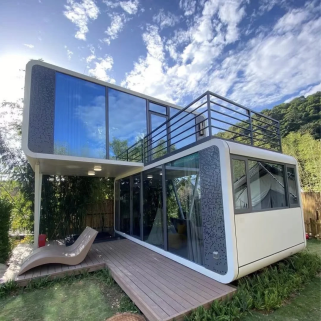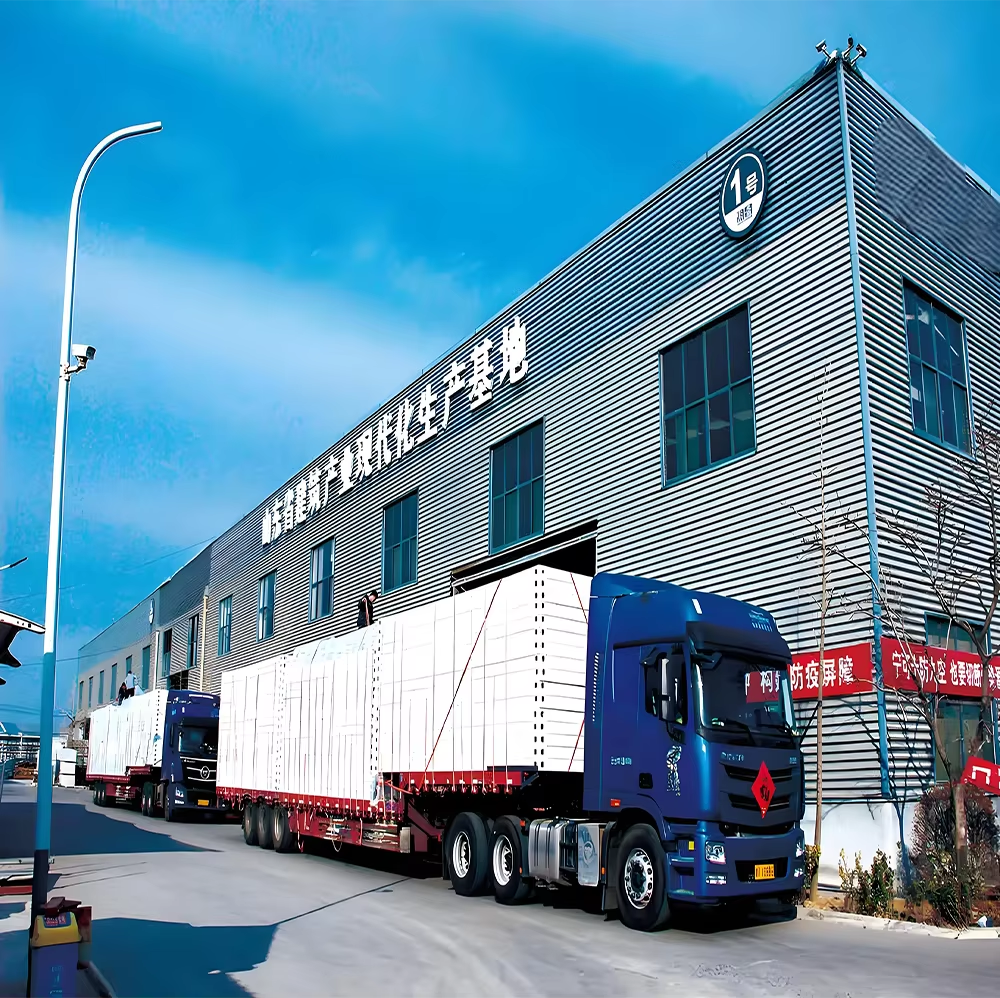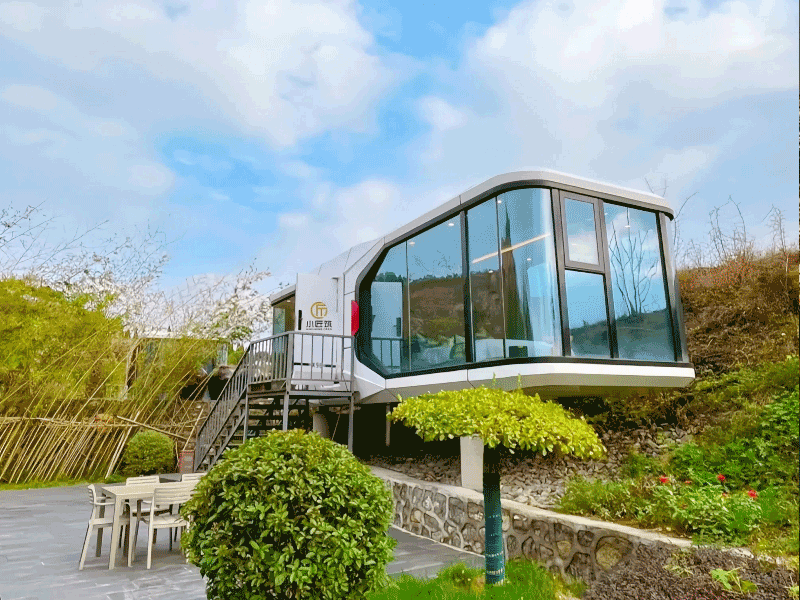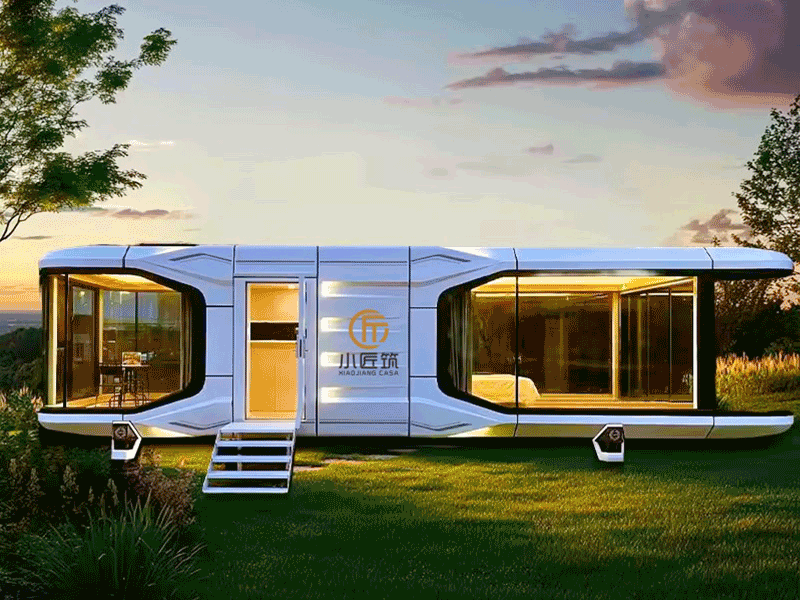Lightweight Alloy Skeleton: Resilient Construction Material
With natural disasters becoming more common, the Lightweight Alloy Skeleton has been specially designed to endure harsh conditions such as winds of Hurricane 12 and Earthquake level 8 tremors. This lightweight innovative construction material gives modern architecture and engineering projects superior strength as well as maintaining a lightweight structure.
Unlike traditional heavy, cumbersome building materials, the advanced materials used to build this alloy skeleton provide a unique combination of durability and flexibility. Buildings located in seismic zones need to absorb energy and dissipate it evenly without collapsing. The specific design of this alloy skeleton that is engineered to distribute stress uniformly across its framework makes these structures much safer to live or work in disaster-prone regions.
The Lightweight Alloy Skeleton offers impressive wind resistance. When used as a construction material, it can withstand Hurricane 12's classification of sustained winds between 130 to 156 mph. This structural resilience is especially beneficial for cities and regions that face hurricane threats. With the use of this alloy, architects and engineers would be able to construct more reliable buildings that not only ensure the safety of occupants but also help in reducing economic damage during extreme weather events.
Additionally, the Lightweight Alloy Skeleton helps in sustainability efforts within construction. Since its skeletons are lightweight, less materials are required which decreases transport emissions.. Furthermore, buildings require fewer repairs throughout their lifespan due to its durability, which adds to their eco-friendliness. As the construction industry pivots toward adopting more sustainable practices, the Lightweight Alloy Skeleton is a great example of an innovative solution that prioritizes safety while addressing environmental concerns.
Materials that balance strength and sustainability are becoming increasingly sought after in the industry. Builders, for example, are always on the lookout for new materials that can withstand extreme weather conditions caused by climate change. The Lightweight Alloy Skeleton addresses current construction challenges and assists in future-proofing buildings against unpredictable natural disasters. Such advanced materials enable builders to ensure compliance with safety regulations while equipping projects to handle future needs.
The construction technology revolution is highlighted by advancements like the Lightweight Alloy Skeleton, reinforced through strong design yet still able to endure Hurricane 12 and Earthquake 8 conditions—this offers new benchmarks of safety and sustainability in our industry. As these innovations are embraced, a trend toward resilient infrastructure focused on community protection and environmental healing will emerge.







